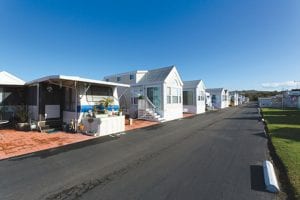
Pismo Dunes Senior Park on the Central Coast of California. Photo courtesy of Arnaldo Abba
As large numbers of baby boomers reach retirement age, their interest in aging in place has grown. According to a 2010 study by AARP, nearly 90 percent of Americans over age 65 want to remain in their own homes as long as they can, and 80 percent believe that they will always live in their current residence.
However widespread the desire, questions remain about who will be able to achieve it. Is aging in place a luxury to be enjoyed primarily by a privileged few, or is it within the means of many? Are there models that work for those with limited incomes?
One option hiding in plain sight for older adults heading into retirement with modest financial resources is the manufactured housing community. These are investor-owned neighborhoods where residents generally own their own factory-built homes and rent the land (sometimes called pads) on which their homes are placed. As part of my research in this area, I spoke with many of these residents, many of whom are quoted throughout this article.
A homeowner in a community in Oregon describes her living experience this way: “We live very comfortably here, like if we were a community, better than any house and any apartment.”
Some of these homeowners have worked all their lives in blue or pink collar jobs, raised a family in a traditional home, and then retired without a pension and with limited savings. As relatively “young” seniors, they cashed in their homes, tucked the savings away to supplement Social Security payments, and bought a manufactured home in a community with the intention of staying there for the rest of their lives. For some, it is the first and only home they have been able to afford to purchase.
“I want to be here forever. I mean, [if I] have to go, I want to take my home with me. And that can’t be done, so I am here to stay,” one homeowner commented.
Contrary to stereotype, not all older adults who live in manufactured housing communities have low incomes; some choose it for the lifestyle. While many are modest, some manufactured housing communities feature indoor swimming pools, lakes, and elegant clubhouses that rival the amenities of country clubs. They are a way of maximizing quality of life while staying within one’s means.
“Whatever we make in the month is enough to live well here,” a resident said.
The Costs of Living in a Manufactured Housing Community
A manufactured home costs a fraction of a traditionally constructed, “site-built” home. According to the industry-funded Manufactured Housing Institute, the cost per square foot for a manufactured home is 10 to 35 percent lower than that of a comparable site-built home, excluding the cost of land.
Besides home financing costs, manufactured housing community members also pay monthly rent for their space. Ishbel Dickens, executive director of the National Manufactured Home Owners Association (NMHOA), says, “In general, pad rent is less expensive than renting an apartment, but the costs become more comparable if someone is still paying off the home as well as paying pad rent.”
CFED, a national asset-building advocacy organization, compared housing costs for three housing types in nine metropolitan areas in 2012–2013. It found, for example, in the 28-county Atlanta Metropolitan Statistical Area, the average housing cost for manufactured housing is just over $500 per month, compared to just under $1,000 per month for rentals, and $1,500 for site-built homes. This puts 55 percent of the area’s manufactured homes within the affordable range (costing no more than 30 percent of household income) for households earning 50 percent of area median income. In the Denver Metropolitan Statistical Area, comparable housing costs are around $700 for manufactured housing, $900 for rentals, and $1,500 for site-built homes. Approximately 60 percent of Denver-area manufactured housing is affordable to low-income households, compared to 27 percent of other housing types.
Designed for Aging in Community
Regardless of how swanky they are, most manufactured housing communities share common features that support healthy aging in place: a safe setting, a physical and social environment that encourages an active and engaged lifestyle, and a network of neighbors who keep a helpful eye out for each other.
Top on the list of benefits is the feeling of safety that homeowners feel. One commented, “I’ve lived in a [traditional site-built] home for 45 years in a very nice neighborhood. Would I have sat in the living room with my front door and my back door open and unlocked? Not a bit, but I do it here.”
Ironically, some of the physical design features that make manufactured housing communities feel like alien territory to outsiders are the same features that make them feel safe to residents: limited entrances and exits, an internal network of narrow roads that don’t connect to public streets, and perimeter fences or screening. Some have called them “gated communities for the working class.”
Community residents generally know the faces and vehicles of other residents and frequent visitors. Outsiders are not unwelcome, but they are likely to be observed. Narrow, safe streets mean that residents get out and walk—to the community mailbox, to the clubhouse for events, or just to get exercise. Along the way, they are likely to chat with neighbors working in their gardens or sitting on their front porches.
“I can walk my dog after dark, and I wouldn’t do that if I was in a stick-built,” a homeowner said.
Often the clubhouse serves as a hub, with the resident association scheduling a range of activities. Movie nights, bingo, potlucks, coffees, holiday celebrations, and clubs for everything from knitting to poker are common. It’s a busy lifestyle with many social connections, which is what gerontologists recommend for healthy aging.
One woman said, “We sold our home and we looked into an apartment and decided that he [her husband] wouldn’t have anything to do besides watch TV, and he needed something to do.”
Neighbors who know each other are quicker to help each other routinely, and in times of need. One homeowner said, “Everybody knows your business. If you usually do something at 8 o’clock, but you don’t want to do it at 8 o’clock today, somebody is calling you.” She continued. “You know certain people in the community you live in, and, God forbid, you get sick or hurt, or something happens. . .” Her friend jumped in to finish her sentence, “Then they’re there if you need somebody.”
Stretching the Limits
While a helping hand can accomplish a lot, there are limits to what community members can do to support each other on a voluntary basis. Sometimes residents need more intensive care than can be provided by neighbors, or they need assistance on an ongoing basis. Taking care of a pet during a hospital stay or helping a neighbor put in eye drops daily may be manageable; providing help with ongoing bathing needs is another matter. But even then, there are ways that manufactured housing communities can help.
A number of communities have organized to get information on available services and invited outside agencies to speak to residents at monthly programs. Some communities have organized “aging in place” fairs in their clubhouses, at which agencies and businesses come and talk to residents about their services.
A more aggressive approach could involve borrowing a page from the “village” model, in which members join a formal network of other older adults and volunteers who live in the same general area to help each other out. This is similar to the way neighbors in manufactured housing communities often already assist one another, but the village model goes a step further. Members can get assistance with their more advanced or ongoing needs from vetted, outside vendors who provide services at reduced prices negotiated by the village. These additional services are paid for only by those who use them. Manufactured housing communities, with such a head start on these kinds of interactions organically, would be an ideal place to deploy the village model.
Other strategies could include using a portion of the clubhouse for licensed adult day care a few days per week to provide predictable and affordable respite for care-giving family members, or converting an existing manufactured home into an adult foster care facility, with a licensed service provider/homeowner, enabling residents to stay in the community even if they can’t remain in their own home (and providing others with additional income). Some states pay for Medicaid-eligible residents who would otherwise qualify for nursing homes to live in adult foster care, so this option may be feasible even in lower income communities. These strategies would require the cooperation of landowners, but they may well be amenable to options that keep spaces rented and people in the community.
Preserving the Option
Ultimately, the greatest challenges to aging in place in manufactured housing communities are the threat of community closure and the risk of what Dickens calls “economic eviction”—rents rising beyond what homeowners can afford. “Root shock” is a term that has been used to describe the experience of suddenly losing one’s whole way of life due to displacement, and the consequences can be dire. At the November 2014 NMHOA annual meeting, one attendee recalled the story of her neighbor who was forced to move because the space rent rose beyond what he could afford on Social Security income. He died within six months.
A few states, such as California, permit local jurisdictions to adopt rent control ordinances that limit rent increases. It is then up to cities or counties to develop and adopt local laws, but not all do. Other states, such as Oregon, have preemptive prohibitions that prevent local jurisdictions from adopting local rent control laws, leaving homeowners subject to whatever their individual leases stipulate regarding the frequency and amount of rent and fee increases.
During the real estate boom of the early 2000s, hundreds of manufactured housing communities were closed by landowners to make way for more remunerative uses, such as high-end condos or shopping malls. This sent shock waves through manufactured housing communities nationwide, and the memory of these closures is still fresh in the minds of community residents. As the real estate market recovers, the gnawing uncertainty caused by the threat of losing one’s home and community is slowly rising again.
Community residents and advocates are working on strategies to make manufactured housing communities a less risky housing option. The most permanent are those that take the land out of the speculative real estate market.
Resident Owned Communities USA (ROC USA) and its nonprofit affiliates help residents purchase their communities from willing sellers and take over management themselves as a cooperative. In some places, nonprofits, land trusts, and housing authorities have stepped up and purchased manufactured housing communities to preserve them.
Twenty-eight states have adopted laws that require landowners to provide notice to residents before closing. While most states require 9 to 18 months notice, a few require just 6 months, and one, Massachusetts, requires two years. Fifteen states provide some relocation assistance either from the state, the property owner, or a combination of both. In Oregon, property owners are required to provide a year’s notice and pay displaced homeowners between $3,000 and $9,000 based on the size of their home, and the state provides a $5,000 refundable tax credit to displaced lower income homeowners. However helpful, these payments do not begin to cover actual home moving costs. In many cases, the home cannot be moved, and in other cases, no spaces can be found to move the home onto. Former homeowners can find themselves without shelter, without community, and without what had been their largest financial asset—root shock, indeed. An additional strategy being pursued by NMHOA is zoning. In the state of Washington, NMHOA has helped localities develop zoning ordinances that preserve manufactured housing communities.
Lessons Learned
For agencies and businesses seeking to help older adults age in place, manufactured housing communities with high concentrations of older residents provide an opportunity to deliver services efficiently, yet few currently seize this opportunity. In sparsely populated areas, manufactured housing communities can be excellent venues for providing flu shots, meal programs, health education information, and a host of other services.
Manufactured housing communities can provide a cost-effective way for people with limited resources to prolong the period of time they can comfortably and independently remain in their communities. The strength of this option comes from an environment that enables residents to use their own human assets to help themselves and each other. Its stability can be strengthened by resident, nonprofit, and public agency purchases of communities, and government protections from unwarranted rent increases and closures. Quality can be improved by partnerships with community-minded service partners.

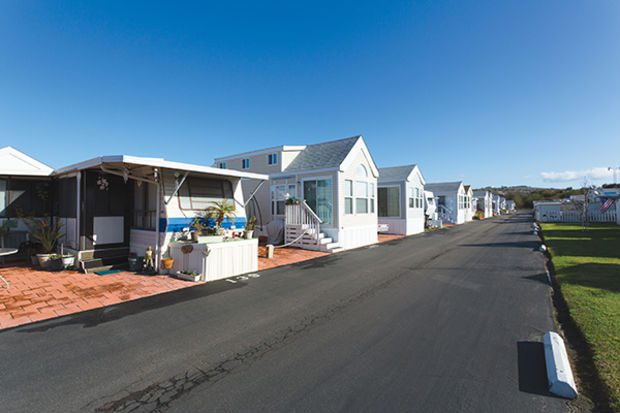

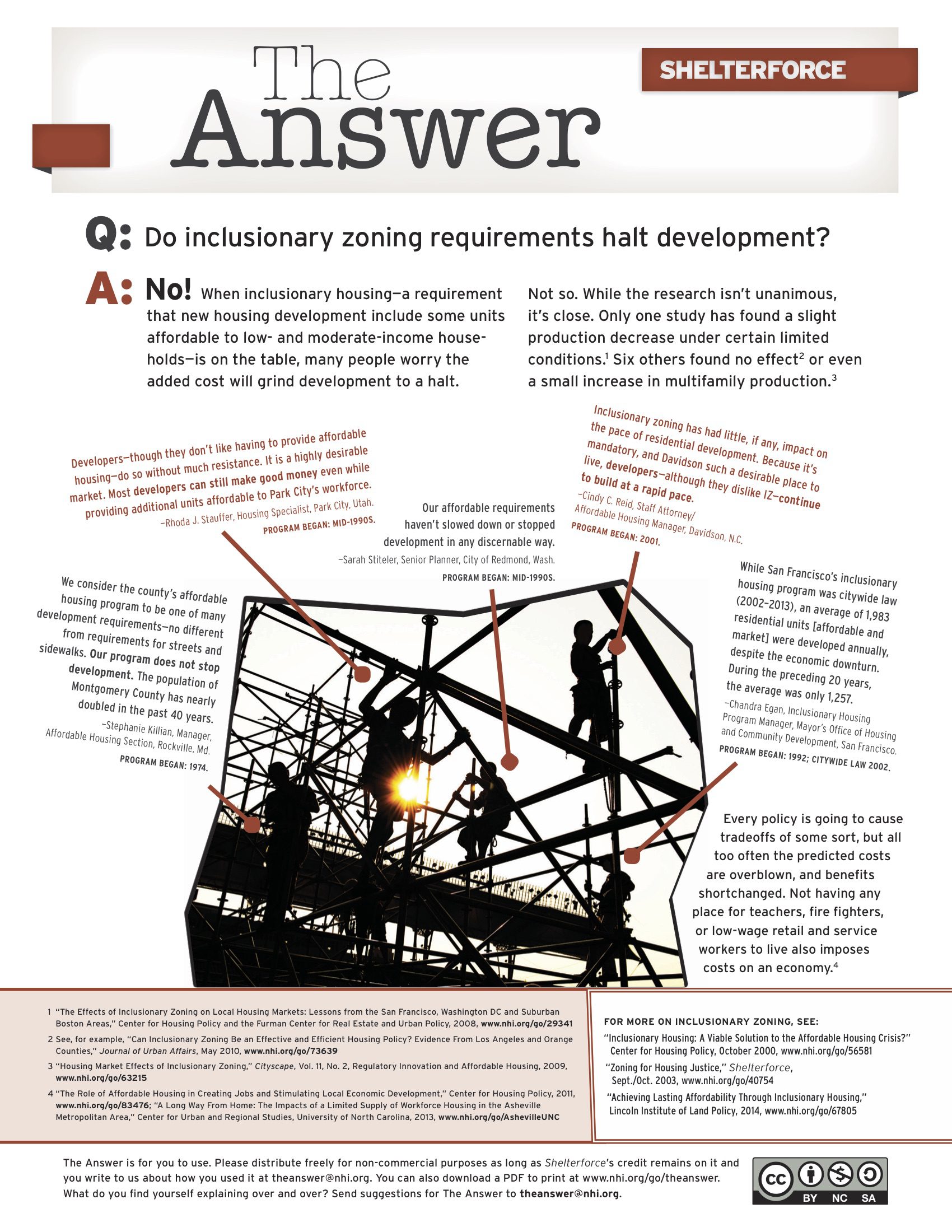
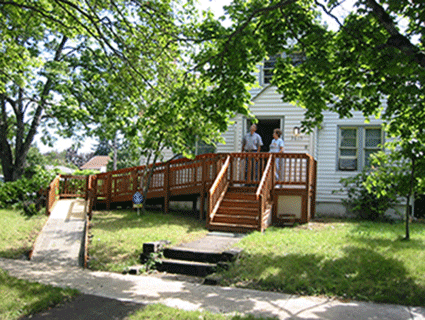
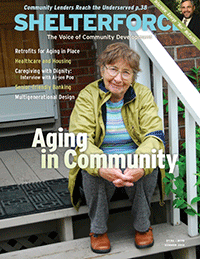
I was thinking about leaving my dad in the care of a 55 and older community as I believe this would restore his health. The part where you mentioned that no matter how they look all these communities would have the objective of supporting a healthy aging in place: a safe setting, a physical and social environment is something I really am glad to learn. That should help me be reassured that my father will be safe in their care. Thanks!
I am happy to know there are developments like these , designed for our elders. Manufactured housing communities is much much cheaper compared with traditional housing. I would definitely consider living in one of these soon when i retire.